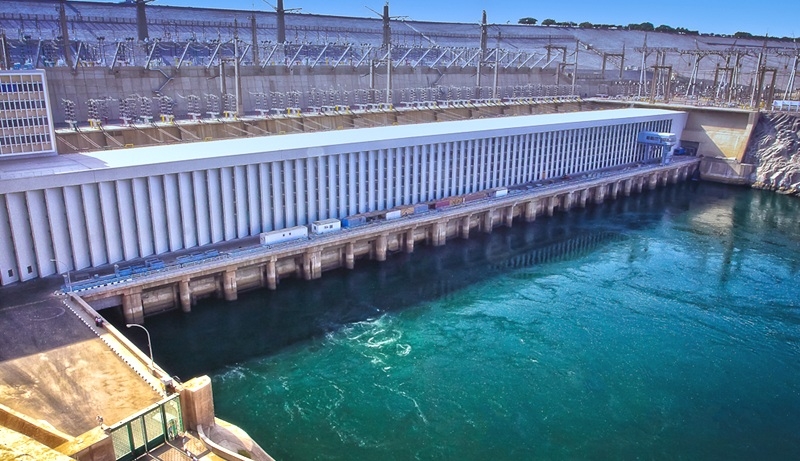Aswan High Dam is a stone fill dam situated at the northern bank between Egypt and Sudan
The dam is nourished by the River Nile and the store structures Lake Nasser
Development for the task started in 1960 and was finished in 1968. It was authoritatively initiated in 1971.
The Aswan High Dam project had a high budget, totaling one billion dollars. It also had a supply limit of 132 km³. The dam irrigates about 33,600 km² of land. Both Sudan and Egypt needed this project to control flooding, generate power, and improve navigation on the Nile. Since the project benefits both countries, Egypt and Sudan agreed in 1959 to allocate 18.5 cubic kilometers of water to Sudan.
Aswan is a major tourist destination in Egypt. Many Nile River cruises stop in the city to explore its attractions. Notably, it is home to the Philae Temple. The dam has also become a key stop for Nile cruises and one of Aswan’s highlights for tourists. The travel teams in Egypt ensure that their tours include various programs in Aswan.

Aswan high dam
In 1902, workers finished the original dam at Aswan, 500 miles south of Cairo. This dam provided essential water during dry seasons. However, it couldn’t control the annual floods of the Nile River. In the 1950s, Egyptian President Gamal Abdel Nasser proposed building a new, larger dam to end flooding and supply electricity across Egypt. He secured financial support from the United States and Britain. However, in July 1956, both countries withdrew their support after discovering a secret arms agreement between Egypt and the USSR.
As a result, Nasser nationalized the British and French-owned Suez Canal. He intended to use the tolls to fund the High Dam project. This action triggered the Suez Canal Crisis, where Israel, Britain, and France launched a joint military operation against Egypt. Despite occupying the canal, the Soviet Union, the U.S., and the U.N. forced the attackers to withdraw. By 1957, Egypt regained control of the canal.
With funding from Soviet loans and Suez Canal tolls, Nasser began constructing the Aswan High Dam in 1960. The project used around 57 million cubic yards of earth and rock, making the dam’s mass several times greater than that of the Great Pyramid at Giza. On July 21, 1970, the ambitious project was completed. President Nasser, however, died of a heart attack in September 1970, before the dam’s official dedication in 1971.
The massive reservoir
The massive reservoir created by the dam, 300 miles long and 10 miles wide, was named Lake Nasser in his honor. Creating Lake Nasser required resettling 90,000 Egyptian and Sudanese Nubian workers and relocating the ancient Egyptian temple complex of Abu Simbel, built in the 13th century B.C.
The Aswan High Dam ended the Nile’s destructive floods, reclaimed over 100,000 acres of desert land for farming, and enabled additional crops on around 800,000 acres. Its 12 massive Soviet-built turbines generate up to 10 billion kilowatt-hours annually, significantly boosting the Egyptian economy and modernizing many towns. The water stored in Lake Nasser, amounting to several trillion cubic feet, benefits both Egypt and Sudan and was crucial during the severe droughts of 1984 to 1988.
Despite its successes, the Aswan High Dam has faced criticism. The most significant issue is the ongoing decline in soil fertility in the Nile delta, once enriched by the Nile’s annual silt deposits. Reduced nutrient flow into the Mediterranean is linked to a drop in anchovy populations in the eastern Mediterranean. Additionally, the end of flooding has led to fewer fish in the Nile, many of which were migratory. However, Lake Nasser now hosts many fish species, including thriving populations of tilapia.









